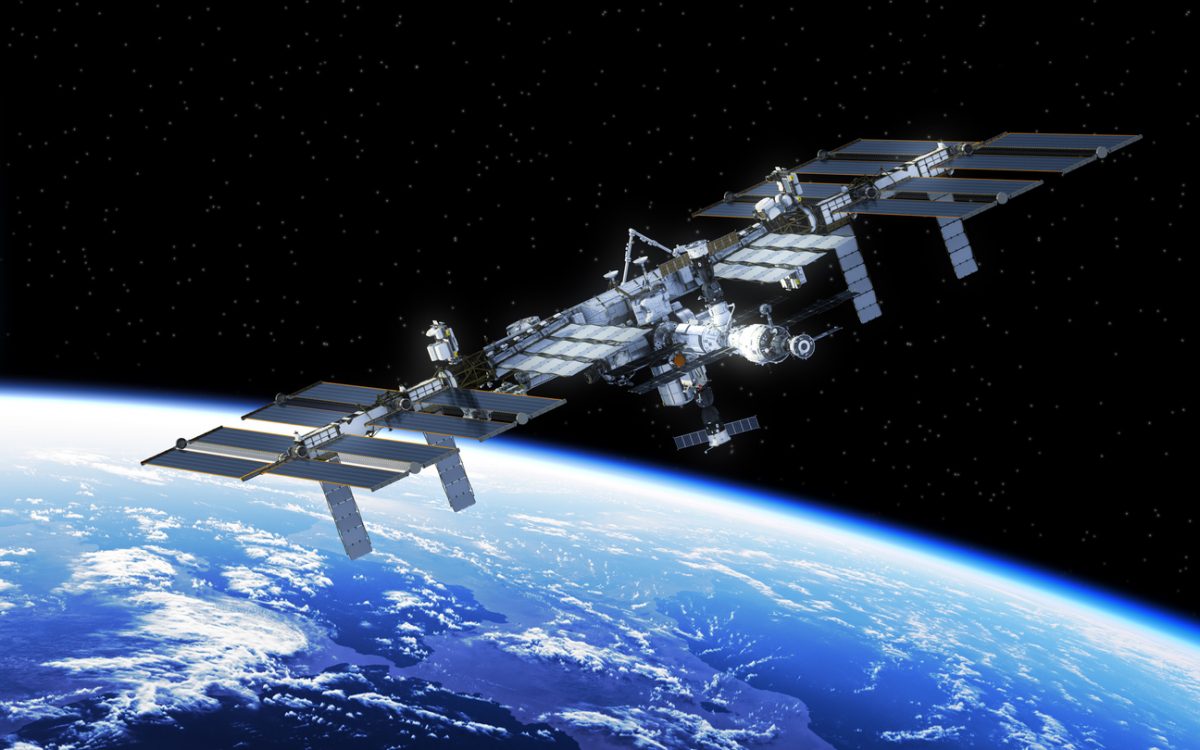
Astronauts on the International Space Station (ISS) have been joined by an AI robot called CIMON.
The current ISS commander, German astronaut Alexander Gerst, was first to speak with CIMON. Gerst said “Wake up, CIMON” which prompted the robot to respond “What can I do for you?”
CIMON and Gerst’s first assignment was to perform a student-designed experiment with crystals. The robot, after recognising Gerst’s face and positioning itself autonomously, provided instructions on how to conduct the experiment.
On Earth, CIMON weight just five kilograms and was designed by Airbus. The orb-like robot has a large screen on the front which can either display cartoonish faces or information required for a particular task.
Till Eisenberg, CIMON Project Manager at Airbus, said:
“CIMON represents the realisation of an Airbus vision. It is a huge step forward for human space flight, achieved by working in cooperation with our partners.
With CIMON, we have laid the foundations for social assistance systems that are designed to be used under extreme conditions.”
IBM Watson provides the robot’s AI smarts for understanding questions. CIMON cannot process data itself and requires communication with a computer on the ground.
Matthias Biniok, IBM project lead on CIMON, commented:
“If CIMON is asked a question or addressed, the Watson AI firstly converts this audio signal into text, which is understood, or interpreted, by the AI.
IBM Watson not only understands content in context, it can also understand the intention behind it.
The result is a tailored answer, which is converted into speech and then sent back to the ISS, enabling a natural, dynamic spoken dialogue.”
Data is beamed to and from the ISS using the station’s WiFi network which uses satellites to communicate with the ground.
Bernd Rattenbacher, team leader of the ground control centre, explained:
“The data link to Earth is established via satellite to NASA/ESA and to the DLR’s Columbus control centre in Oberpfaffenhofen, Germany.
From there, the signal is transmitted to us, the CIMON ground station at BIOTESC in Lucerne [University], the Swiss User Support and Operations Center, which is connected to the IBM Cloud in Frankfurt over the internet.
The time needed for the signal to be transmitted via satellite is 0.4 seconds each way. A number of firewalls and VPN tunnels are in place to ensure data security.”
Despite the distance, CIMON is said to respond within a couple of seconds after a question is asked.
CIMON is considered to be a demonstration of what future human-robot interactions could look like on space missions – improving safety, and the ability to conduct more complex tasks and experiments.








“AI robot CIMON makes its International Space Station debut”